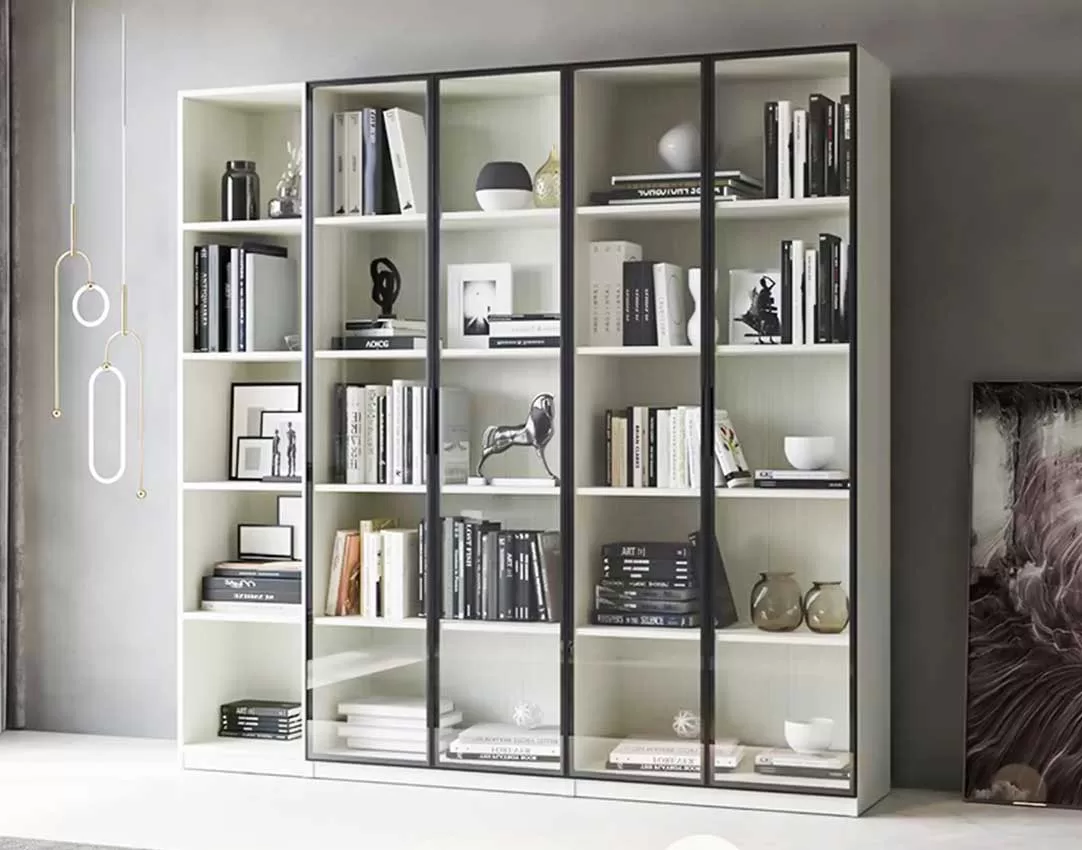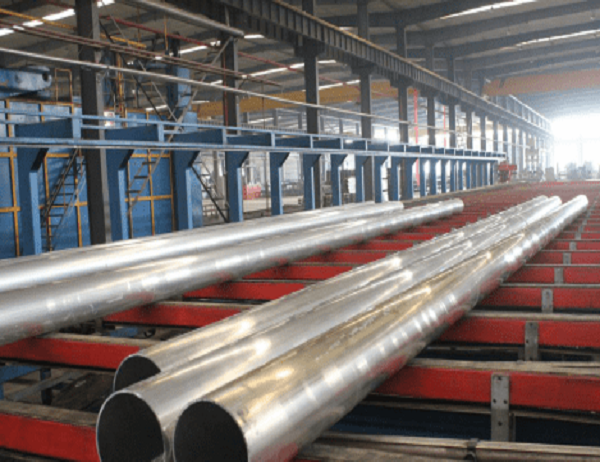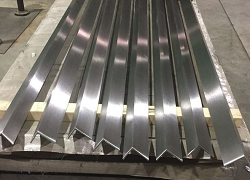In the realm of industrial applications, the choice of materials can make all the difference. Aluminum profiles stand out as a formidable force, challenging traditional materials and revolutionizing manufacturing processes. Here’s a comprehensive comparison to delve into the advantages and disadvantages of industrial aluminum profiles against their counterparts:
Strength and Durability
Pound for pound, aluminum profiles boast impressive strength and rigidity. They are resistant to bending, warping, and impact, making them ideal for load-bearing structures, frames, and components that require high strength-to-weight ratios.
Corrosion Resistance
Aluminum’s natural oxide layer provides excellent protection against corrosion from exposure to moisture, salt, and chemicals. This makes aluminum profiles particularly well-suited for outdoor applications, marine environments, and harsh industrial conditions.
Lightweight and Cost-Effective
Aluminum profiles are significantly lighter than steel and other metals, reducing shipping costs and assembly efforts. Furthermore, their ability to be extruded in complex shapes reduces the need for additional components and machining, ultimately lowering overall manufacturing costs.
Thermal Conductivity and Electrical Insulation
Aluminum’s excellent thermal conductivity makes it a great choice for use in heat sinks, radiators, and electrical enclosures. It efficiently dissipates heat, ensuring optimal performance and enhancing safety. Additionally, aluminum is a non-conductive material, providing electrical insulation in various applications.
Versatility and Customization
Industrial aluminum profiles offer unparalleled versatility. They can be extruded into virtually any shape and size, allowing for intricate designs and precise manufacturing. This flexibility enables quick prototyping, customization, and the creation of innovative solutions tailored to specific project requirements.
Disadvantages
While industrial aluminum profiles offer numerous advantages, they do have some drawbacks to consider:
Cost: Aluminum can be more expensive than some other materials, such as steel or plastic.
Weldibility: Welding aluminum requires specialized equipment and techniques, which can add complexity to fabrication processes.
Availability: Aluminum may not be readily available in certain regions or quantities, impacting lead times and project schedules.
Conclusion
Industrial aluminum profiles are a powerful choice for a wide range of applications. Their combination of strength, corrosion resistance, lightweight nature, and versatility make them superior to many other materials. While their cost and weldability may present challenges, the benefits they offer often outweigh these drawbacks. By leveraging the unique properties of aluminum profiles, industries can enhance performance, reduce costs, and drive innovation.



